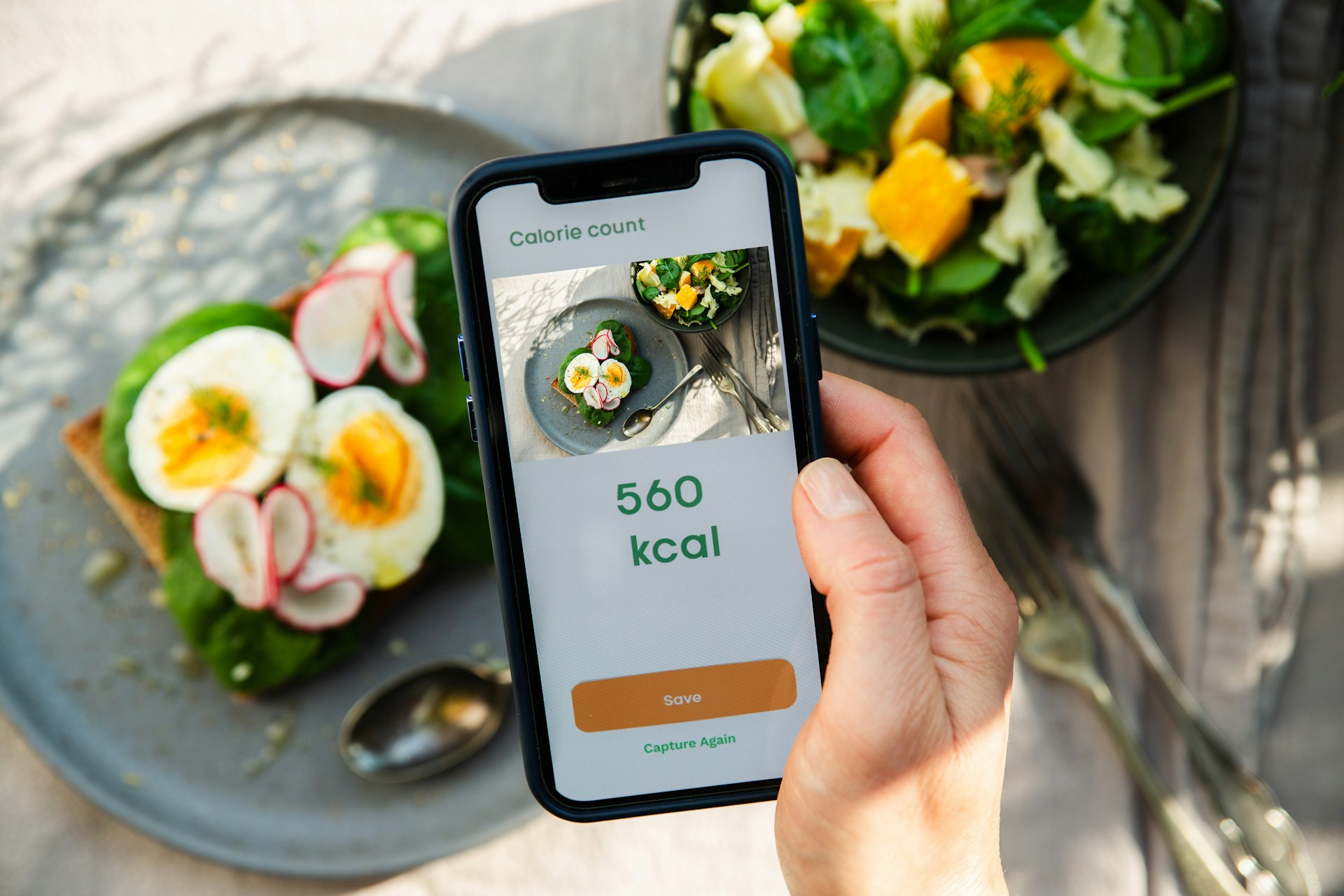Your hormone levels fluctuate throughout your cycle, causing your skin to react differently depending on the time of month. Using cycle syncing, you can adapt your skincare routine to get glowy skin all month long.

Your hormone levels fluctuate throughout your cycle, causing your skin to react differently depending on the time of month. Using cycle syncing, you can adapt your skincare routine to get glowy skin all month long.
During adolescence, hormones run rampant. Think about your own acne-scarred teenage years: you’re experiencing the full range of emotions for the first time, and the evidence is right there on your skin, for all to see. As much as we’ve all tried to move on, it’s hard to forget waking up with a dreaded pimple right on the tip of your nose the night before prom. The hormones that sowed chaos are still with us — and can still affect our skin, even later in life. For those of us who menstruate, cycle syncing may be the way to unlock clear skin.
Those years of puberty are a frantic, aggravated version of what continues to happen within your body in your adult life if you menstruate. At each stage of your menstrual cycle, your body is flooded with different hormones. These changes absolutely affect your skin, just like during puberty—but if you’re keeping track of your hormones, then you can adjust your skincare regime accordingly, and stay glowing (and feeling like a real adult).
>>RELATED: The Power of Cycle Tracking: Understanding Your Hormones and Taking Action
How do hormones affect your skin?
Acne that occurs because of your hormonal shifts is called hormonal acne, and it can occur at any point in your life. If you have a menstrual cycle, each month, your progesterone and luteinizing hormone levels fluctuate dramatically.
These shifts in hormonal balance can cause changes in the amount of oil your skin produces.
The more oily your skin is, the more likely an acne breakout becomes; the less oily it is, the higher your risk of dry, flaky skin.
How to apply cycle syncing to your skin care routine
If you track your cycle and know when its various phases begin and end, you can actually modify your routine to better prep your skin for the next thing those hormones are going to throw at it. Read on to find out what each phase does to your hormone levels, how those hormones will change your skin, and what you can do to prevent breakouts and other skin problems.
Menstrual phase
The menstrual phase, or menstruation, is the part of your cycle when you get your period. If the egg from your previous menstrual cycle was not fertilized and you haven’t become pregnant, the body needs to expel both that egg and the surrounding uterus lining, which would have been used to support an embryo. This comes out of your vagina in the form of blood, mucus, and tissue. Because you’re losing all that stuff, you’re also losing estrogen and progesterone.
That loss of estrogen and progesterone can make your skin super dry. It will leave your skin barrier weak.
To combat these effects, make sure you’re hydrating well and moisturizing more than usual during your menstrual phase. You need to use a cleanser that is not harsh because your skin barrier is low. Products like hyaluronic acid, glycerin, peptides and ceramides are great for this stage of your cycle.
Follicular phase
The follicular phase actually starts on the first day of your menstrual phase, but continues past the end of your period up until when you ovulate—so that means it usually lasts about two weeks, depending on the normal length of your cycle. During the follicular phase, your hypothalamus is telling your pituitary gland to start releasing follicle-stimulating hormone, or FSH. FSH is responsible for producing follicles within the ovaries, which contain your eggs. Estrogen is rising dramatically during this phase in order to thicken the uterus.
A rapid increase in estrogen is great for your skin. Estrogen can clear up all your breakouts and hydrate your skin. At this point of your cycle, you don’t have that much progesterone, which means your skin won’t be horribly oily. This is the point in your cycle when you need to worry about skin care the least.
Ovulation and the luteal phase
Ovulation, or when your ovaries release that new, mature egg, kicks off the luteal phase of your cycle. This phase lasts for the duration of the egg’s journey down your fallopian tube toward the uterus, usually two weeks, and ends when your next period begins. During this process, the egg departs from a follicle within the ovaries. Once the egg has left, the follicle turns into something called a corpus luteum, which produces hormones: it releases progesterone and a bit of estrogen to help prepare the uterus for an egg to be fertilized.
That rush of progesterone turns your skin super oily. This can make your hair feel greasy and can cause more breakouts. It also causes your skin to be more sensitive than usual.
During the luteal phase, the best thing to do is to hunker down and really take care of your skin. Don’t skip your skincare routine during these days—it’ll result in acne. Also, since your skin is more sensitive, use calming, non-active-ingredient products, like those that contain niacinamide.
How should you change your skincare during menopause?
During menopause, which officially begins a full calendar year after your last period, your hormone levels plummet. The effects on your skin are very noticeable: first, all the sun damage you’ve gotten throughout your life will start to be visible, with age spots popping up on your skin. Second, the lack of estrogen can cause wrinkles, and make it harder for your skin to retain moisture. All of these changes also make your skin thinner, which means that it will bruise more easily. Finally, the lack of estrogen can cause teenager-esque acne to reappear.
Prepare your skin for the lack of hormones during menopause by wearing sunscreen—it works to stabilize your skin thickness as well as prevent further sun damage. You should also moisturize often, whenever your skin starts to feel dry, and use a skin-sensitive, mild cleanser that won’t dry your skin out further.
Cycle syncing your skin care routine: takeaway
Your hormone levels fluctuate throughout your menstrual cycle, which means your skin reacts differently throughout each phase of your cycle. Knowing what to expect during each phase can help you apply cycle syncing to skin care routine accordingly — so you can enjoy clear, glowing skin no matter what time of the month.
About the author

Sources
- Ma, L., Jiang, H., Han, T., Shi, Y., Wang, M., Jiang, S., Yang, S., Yao, L., Jia, Q., & Shao, L. (2023). The menstrual cycle regularity and skin: irregular menstrual cycle affects skin physiological properties and skin bacterial microbiome in urban Chinese women.
- Stoll, S., Shalita, A. R., Webster, G. F., Kaplan, R., Danesh, S., & Penstein, A. (2001). The effect of the menstrual cycle on acne.
About the Oova Blog:
Our content is developed with a commitment to high editorial standards and reliability. We prioritize referencing reputable sources and sharing where our insights come from. The Oova Blog is intended for informational purposes only and is never a substitute for professional medical advice. Always consult a healthcare provider before making any health decisions.



